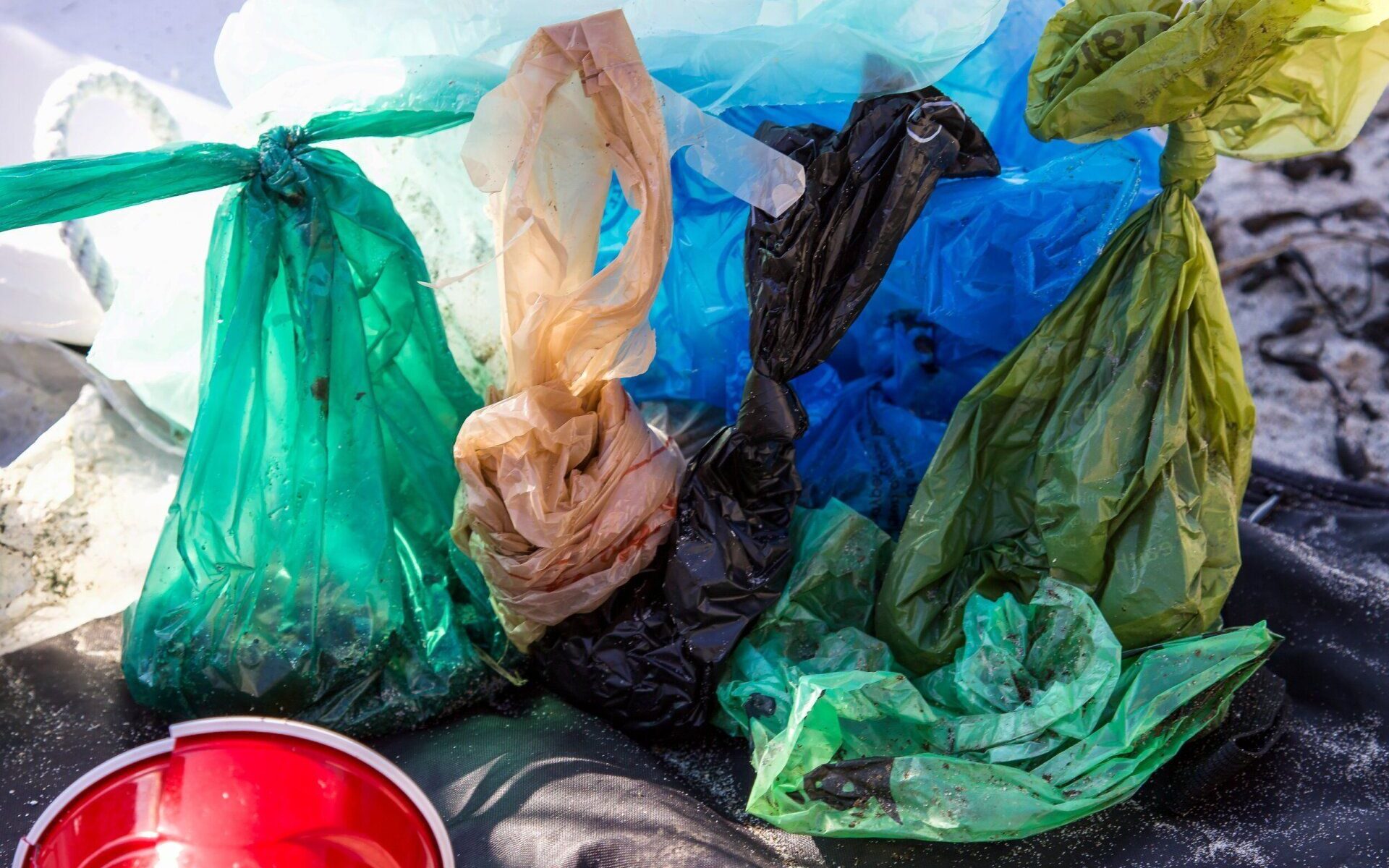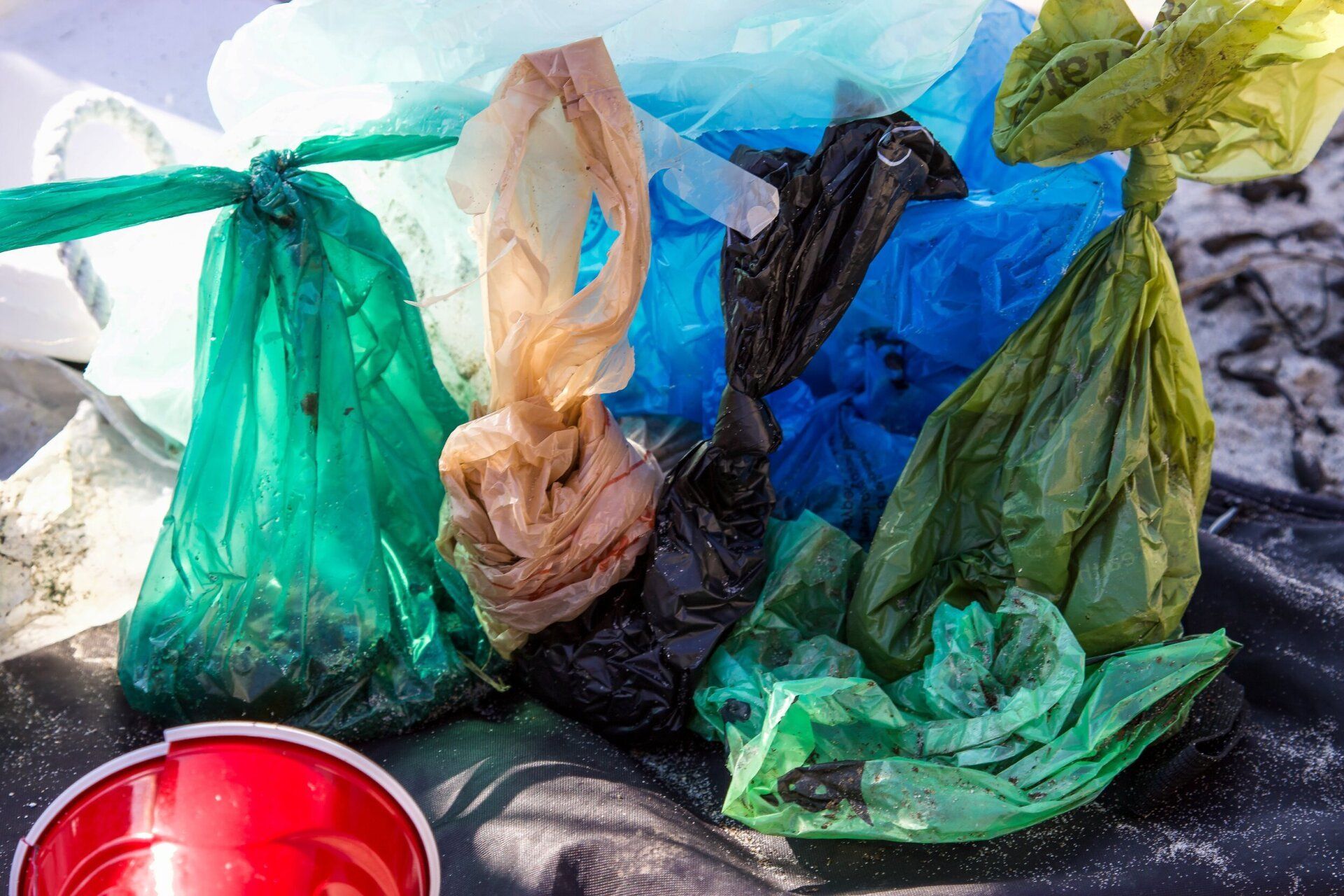EcoPerspectives Blog
Why the Waste? A Step Towards Environmentally Conscious Pet Waste Disposal
By Tommi Mandel, Staff Editor for the Vermont Journal of Environmental Law
March 23, 2022
Many state laws require dog owners to pick up their dog’s waste . Whether these laws are based on public health, public convenience, or environmental concernsit may be time to challenge their effectiveness. Picking up after your pet is the first step, but what happens to the waste after it is picked up? Does a dog owner’s environmental responsibility end after picking up after their dog and throwing the waste in a garbage can? It should not.
Dangers of Pet Waste in Landfills
Leave No Trace’s director has said, “The proper place for dog poop is in a landfill .” However, a person picking up their pet’s waste, putting it in a plastic bag, and sending that to the landfill is just as harmful to the environment as not picking up the waste at all . One pet owner referred to using plastic bags to pick up dog waste and sending it to landfills as “a very short-term fix with terrible long-term implications,” and described the process as “preserving organic matter in an ecologically expensive plastic bag and sending it to an environment – a landfill – where it cannot decompose .” Waste in landfills can contaminate water and produce methane gas .
Is Flushing Pet Waste a Good Option?
As Andrew Krosofsky questioned: “Does all that waste have to go to waste ?” Alternatives to sending pet waste to landfills do exist. Various sources suggest flushing dog waste. Krosofsky suggested since flushing waste works for humans, there is no reason that the same method should not work for dogs . Online sources associate the EPA with endorsing flushing pet waste . However, while published on the EPA website, the related pamphlet advocating for the flushing method was authored by Salt Lake County .
However, safety concerns exist regarding the sewage treatment process and the flushing frequency . Some sewage treatment centers may not be able to handle pathogens in pet waste, and septic systems may not adequately handle hair and ash in pet waste . One pet owner reflected that their local utility firm explicitly said only human waste and paper should be flushed, which ruled out flushing their dog’s waste . However, the owner also questioned what they would do with the soiled bag. Had they been able to carry their pet’s waste home to dispose of it by flushing it ? Being realistic, bringing pet waste into one’s home is probably not the most appealing idea, and the method still seems to acquire some landfill waste.
Can IOr Should ICompost Pet Waste?
One alternative some pet owners turn to is composting. However, guidance is mixed regarding whether pet waste should be composted. Some guidance states: “Dog poop CANNOT go in compost or yard waste bins. I repeat, DO NOT compost dog poop!” While other sources refer positively to composting, such as a molecular biologist composting their dog’s waste for 25 years in their domestic garden compost heapstating they are “one of the best environments for breaking down waste .” Other sources, however, advise not composting dog waste near the edible garden . A four-year study on pet waste composting found that home compost piles did not get hot enough to kill dangerous pathogens, including E. coli and salmonella, and that roundworms could survive that long in the soil .
A Potential Solution: Pet Waste Digester
Digesters handle waste that a backyard composter should not . Pet waste digesters are relatively low-cost and environmentally friendly alternatives to mainstream pet waste disposal methods. The Doggie Dooley is a popular pet waste digester, which works like a home septic system . The system is installed by digging a hole into the ground and placing the system in the hole . Then, a dog owner would drop the dog waste into the system, add water, and add a waste terminator tablet which continuously breaks down the dog waste . The waste terminator tablets are non-toxic and environmentally safe, and are made by blending “Mother Nature’s Housekeepers” Bacillus subtilis bacteria and protein enzymes .
In 2020, the City of London, Canada, actually did a three-month pet waste digester pilot program where around 20 people were asked to use pet waste digesters provided by the City . Now, the City of London offers digesters to residents for $ 20 . Perhaps, if the United States localities provided pet waste digesters, or located them in public areas such as parks (like many do with pet waste bags and specific garbage cans for pet waste), less waste would go to waste.


